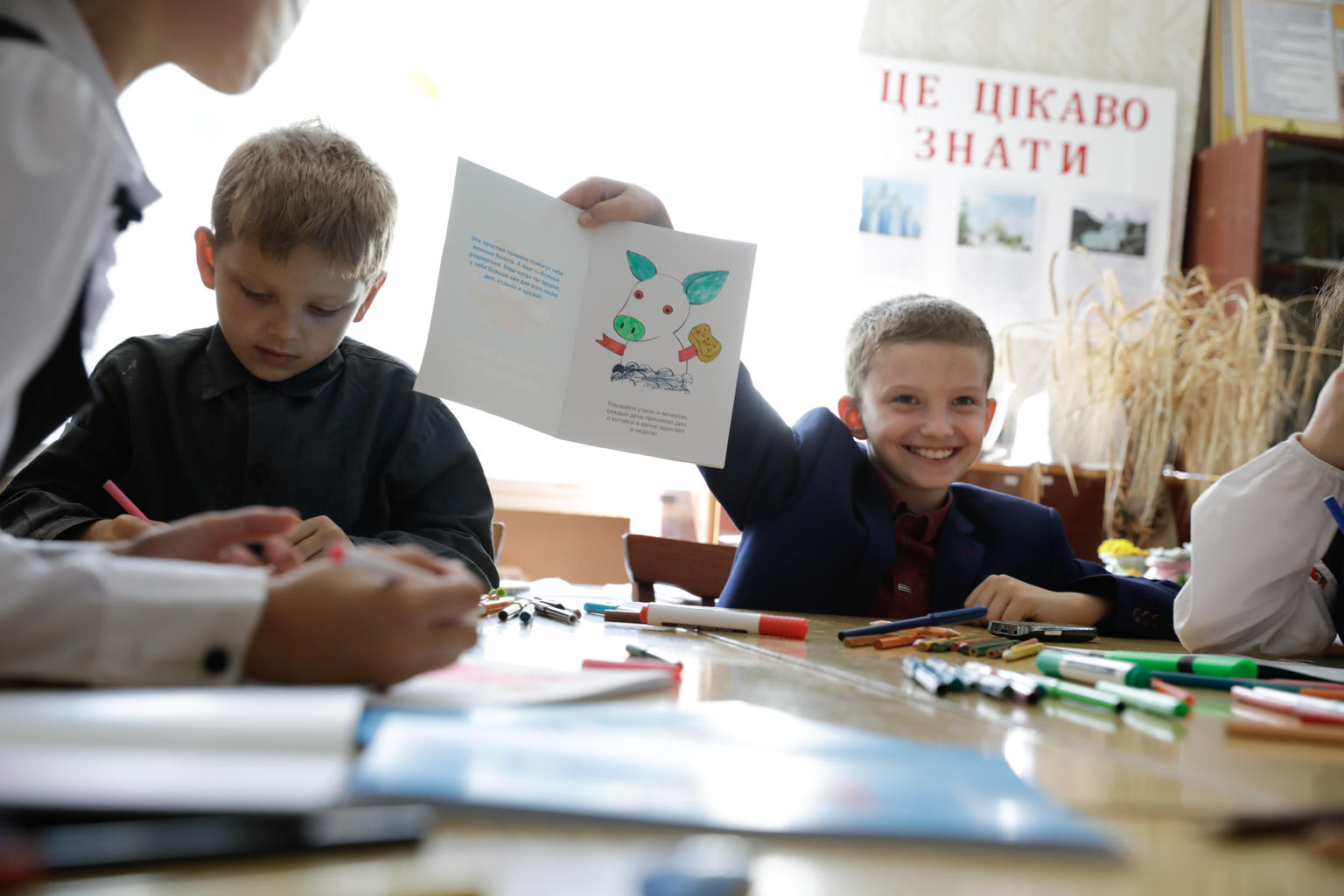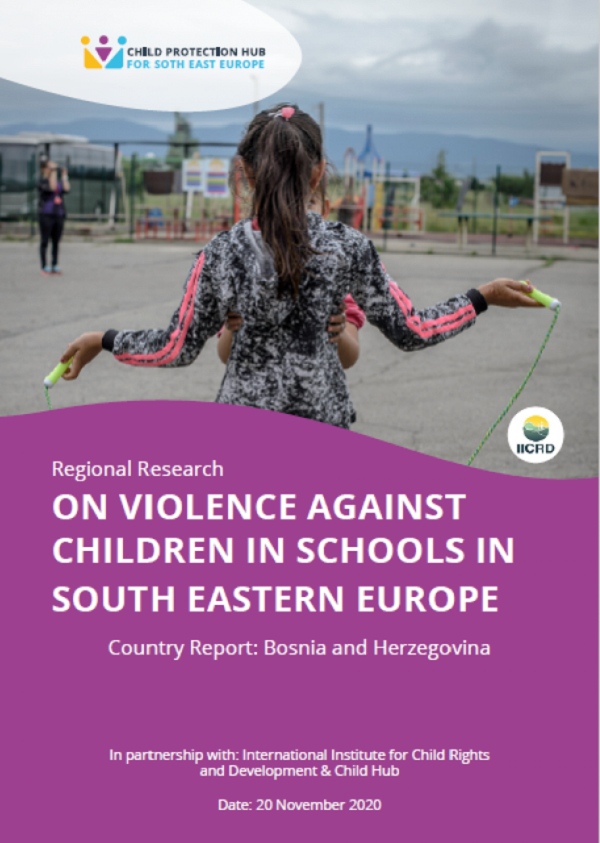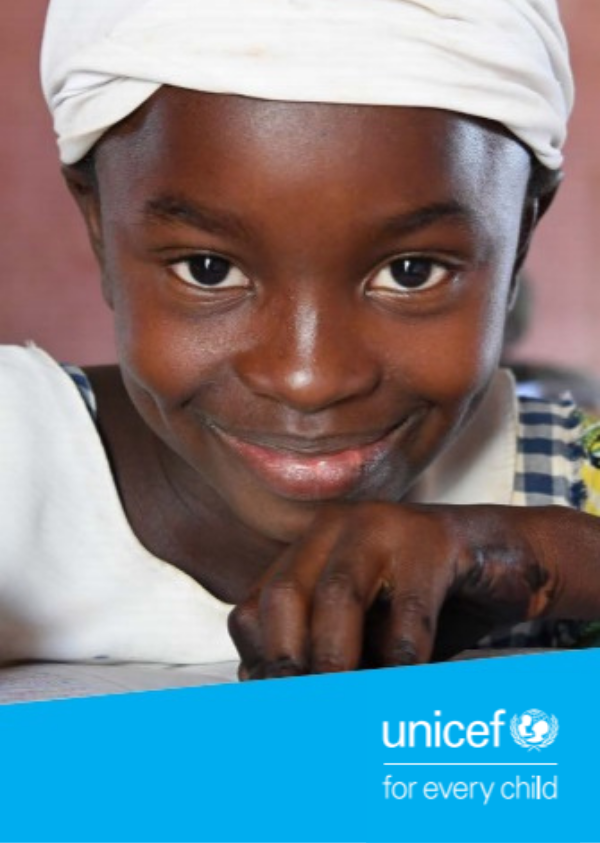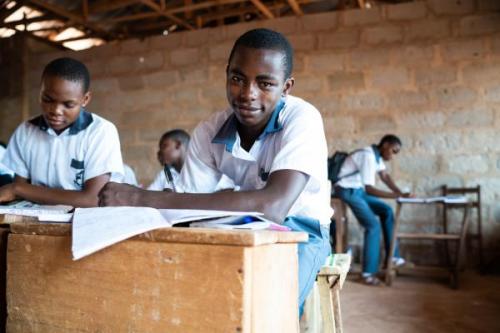
Three new publications highlight the importance of shifting social norms and behaviour change in keeping children safe in schools. This is the third recommendation of the Safe to Learn Call to Action, which calls for parents, teachers, local government and community leaders to recognize the impact of violence in school and take action to make the classroom safer
“Understanding gender and social norms at the root of violence – and addressing them – is key to prevent violence in and through schools and ensure children are safe to learn,” said Catherine Flagotheir, the Safe and Inclusive Schools Specialist at the End Violence Partnership.
Though created by different organisations, the three reports highlight the same central theme: that social norms heavily influence school-related violence.
More about the reports
Regional Research on Violence Against Children in Schools in South-Eastern Europe
The first piece, Regional Research on Violence Against Children in Schools in South-Eastern Europe, was launched at a recent Together to #ENDviolence affiliate event hosted by Child Protection Hub and Terre des Hommes. At the event, the main themes of the research were presented, with findings from Albania, Bosnia-Herzegovina, Bulgaria, Croatia, Kosovo, Moldova, Romania and Serbia including:
- The most frequently reported forms of violence were psychological violence, bullying, and sexual harassment and violence of girls
- COVID-19 has increased the incidence of domestic violence, online harassment and cyberbullying
- Young people are aware of the long-term impacts of violence, including psychological harms
- Many reported a lack of safety in their homes and a lack of safety en route to and from school
The research methodology, developed by the International Institute for Child Rights and Development, was highly participatory and explored the types and prevalence of violence children experience in and around schools, as well as the harmful social norms driving violence. This research was done despite the COVID-19 pandemic, as researchers worked around school closures and lockdowns to speak with children in a safe environment.
This phenomenon has been, is and will always remain, that the strong is above the weak.
Social and Behaviour Change to Address Violence Against Children
The second publication, Social and Behaviour Change to Address Violence Against Children: Technical Guidance: Schools Edition, was developed by UNICEF in collaboration with Drexel University, Dornsife School of Public Health. The guidance helps programme designers plan, monitor and evaluate social and behaviour change programmes to address violence against children in and around schools.
The guide was developed following a systematic review of the available evidence on the effectiveness of communication for development approaches in addressing violence against children in the classroom. It is an important and timely contribution that will help fill an existing research gap with the sector.
Read the technical guidance in full.
Parents, teachers, children, local government and community leaders should recognize the devastating impact of violence in schools and take action to promote positive social norms and gender equality to ensure schools are safe spaces for learning.
Social and Behaviour Change Strategies for Addressing violence Against Children in and Around Schools: Case Studies and Lessons Learned
The third piece, Social and Behaviour Change Strategies for Addressing violence Against Children in and Around Schools: Case Studies and Lessons Learned, was created by UNICEF as a synthesis of learning and case studies from the above Technical Guidance. This user-friendly document introduces the readers to the role of communication for development in addressing violence against children in school and presents a series of selected case studies and evidence-based tips to help practitioners. Within this report, multiple programme strategies from a variety of countries across continents are examined, including case studies from Afghanistan, Botswana, Bulgaria, Egypt, India, Italy, Jordan, Kenya, Malawi, Mexico, Uganda, and more.
Read the case studies and lessons learned in full.
To learn more about Safe to Learn, please click here.
Photo: UNICEF/UN0243090/Morris


